Why PANIC! At The Soch?
“This music shines a beacon of joyful living outside the mainstream and pointed me in a queer direction.” -Daniel Sea
The roots of the emo punk scene trace back to the 1980s, emerging alongside the broader punk rock movement. Initially, it shared many elements with traditional punk, including both fashion and music. However, as time progressed, the genre evolved into what became known as emocore, characterized by more emotionally charged lyrics and melodic elements. By the mid-2000s to the mid-2010s, another subculture, often referred to as "scene kids," began to emerge within the larger punk and emo community. This scene brought a distinct visual aesthetic, marked by elements such as skin tight skinny jeans, vibrant neon colors, dramatic eye makeup, meticulously styled straight teased hair often dyed in bold colors, band t-shirts, ripped clothes and safety pins. This era witnessed a blending of the emo and scene subcultures, with individuals embracing elements from both.
Counter culture is a social movement that intentionally opposes or diverges from the prevailing cultural norms and values of mainstream society. They aim to challenge the status quo and redefine existing norms. Punk subculture, namely emo and scene, work to challenge the “why” of how we process emotions, connect with others and ourselves. These movements have left a lasting impact on society, influencing art, music, fashion, and activism, and serving as catalysts for broader social transformations. Counter cultures provide spaces for marginalized voices to be heard, alternative lifestyles to be explored, and new ideas to flourish, contributing to the continual evolution of human society.
Queer culture encompasses a rich and diverse array of experiences, identities, and expressions within the LGBTQ+ community. It is deeply rooted in resistance, resilience, and celebration including the Stonewall riots of 1969 to anti-trans politics today creating underground supports to get trans kids to “safe states,” queer culture has been shaped by a history of activism in understanding challenging heteronormativity, gender roles and appearances and “queering” approaches to love and sense of self. It embraces a spectrum of sexuality, gender identities, and gender expressions, challenging binary constructs and societal norms. Queer culture thrives in artistic endeavors, from literature and film to visual arts and performance, providing platforms for self-expression and storytelling. It fosters communities of support and solidarity, offering spaces where individuals can find acceptance, affirmation, and belonging. Despite ongoing challenges and discrimination, queer culture continues to evolve and flourish, paving the way for greater visibility, understanding, and acceptance of LGBTQ+ people worldwide.
An important aspect of the emo/scene subculture was its tendency to challenge traditional gender norms. Many members adopted androgynous styles, blurring the lines between masculinity and femininity. This "genderbending" expression provided a space for queer teens to explore and express their identities openly, offering a sense of acceptance and belonging that may have been lacking in mainstream society.
As a closeted queer kid who spent my middle school and high school days surrounded by some closeted queer kids and some out queer kids in this scene, beyond the clothes and music, it provides a community of people exploring who they are, how they process their emotions and how they can connect with others who also don’t see society in a mainstream way. This was my first glimpse into the chosen family that queer community offers that you cannot find in your biological family. It established this idea of people who would really be there for you through homelessness, substance misuse and poverty that friends conforming to society would turn back to you. It was a community of everything and anyone would give you the shirt off their back if you needed it. This is how I would also describe my chosen queer family today.
As members of SHAPE entered their teenage years during this period, they found themselves immersed in this vibrant subculture. While there were commonalities across regions, each experience was also shaped by specific regional influences, adding depth and nuance to individual journeys within the scene, a common thread being music. Bands such as Panic! At The Disco, My Chemical Romance, Taking Back Sunday, All Time Low, Falling in Reverse, Escape the Fate, A Day to Remember, Sleeping with Sirens, among others, served as musical icons for this subculture, their emotive lyrics and energetic performances resonating deeply with the emotions and experiences of scene and emo kids alike.
As a youngster myself growing up in a border city in Texas during my teenage years, I witnessed firsthand the accessibility of drugs, contrasted with the state's persistent prohibition of syringe exchange programs to this day. The lag in harm reduction initiatives has resulted in a tragic toll on lives, with many friends lost to overdose or still battling substance use disorders today due to inadequate support systems and mental health services. Additionally, the absence of comprehensive sex education has contributed to issues like teen pregnancy and HIV infections among my community.
With the focus on music and prevalence of drug use there existed a strong sense of community vigilance, where individuals could use drugs knowing they weren't alone and help was available in case of misuse. Fortunately, my experience predates the surge in fatalities linked to Fentanyl in 2013. This underscores the vital link between community support and harm reduction, whether within subcultures like emo/scene, queer community or other groups you identify with, chosen families play a crucial role in mitigating harm.
It's with this in mind that we're thrilled to establish a space within our community to revive a scene previously stigmatized for issues like depression, suicide, self-harm and drug overdose. By rejecting stigma and addressing the underlying lack of support and resources, we aim to reclaim our love for the fashion and music while fostering an oasis of acceptance and harm reduction at the Albuquerque Social Club. Join us in celebrating at our next Panic! At The Soch with our mission at SHAPE NM, where you can dance to music and celebrate harm reduction alongside us!






